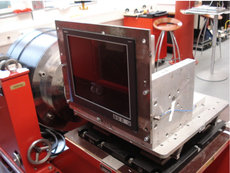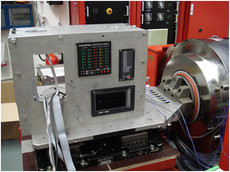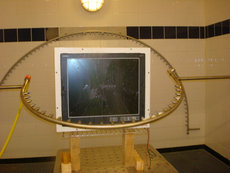Classification
In ship building, ship classification societies serve as technical review boards. As such, they can be compared to the MOT (Ministry of Transport) or DMV (Department of Motor Vehicles). Ship classification societies issue recommendations, guidelines and regulations for designing, building or modifying ships.
The classification societies follow this monitoring process throughout all building phases of a ship. This also applies to the project planning phase for a Böning ship alarm system or even a Böning ship alarm, monitoring and control system. Plan approvals and factory tests are submitted to the classification societies. This process of project planning, plan approval and factory tests means that the customer’s requirements and desires are explicitly met, but in compliance with all guidelines and regulations of the classification societies.
This close cooperation with the classification societies results in efficient, user friendly and ultra-modern systems by Böning which ensure a vessel’s safe operation. The classification societies test the reliability of all ship systems, including Böning’s systems, during a ship’s commissioning and during ship visits at regular intervals.
If a ship and its systems are approved by the classification societies and thus classified, it is restricted in only minor ways on its shipping routes. Non-classified ships are not permitted in European territorial waters or ports.
Globally, there are more than 30 classification societies, eleven internationally recognized. These eleven are joined in the umbrella organization International Organization of Classification Societies (IACS).
Böning routinely works with the following classification societies:
- American Bureau of Shipping (ABS), USA
- Bureau Veritas (BV), France
- Det Norske Veritas (DNV), Norway
- Lloyd’s Register of Shipping (LRS), United Kingdom
- Maritime Register of Shipping (RMRS), Russia
- Registro Italiano Navale (RINA), Italy
An agency like DNV monitors e.g. compliance with guidelines and laws governing the testing and approval of navigation and radio equipment. Thus, Böning monitors that display electronic radar images or sea charts are tested for conformity not only by the classification societies, but also the notified bodies.
In 1993, the first devices and systems were approved according to the requirements of Germanischer Lloyd. Since then, the number of approved devices and systems has gradually increased, and the number of certificates issued by the various classification societies has risen to 50. In addition to these 50 certificates or type certificates for individual devices or entire systems attesting adherence to the classification societies’ guidelines, there are various further certifications for individual factory acceptance tests. These factory acceptance tests and the resulting certifications prove that the devices and systems, already approved by type certificates, meet the specific requirements of an individual project, and therefore may be installed on the ship.










